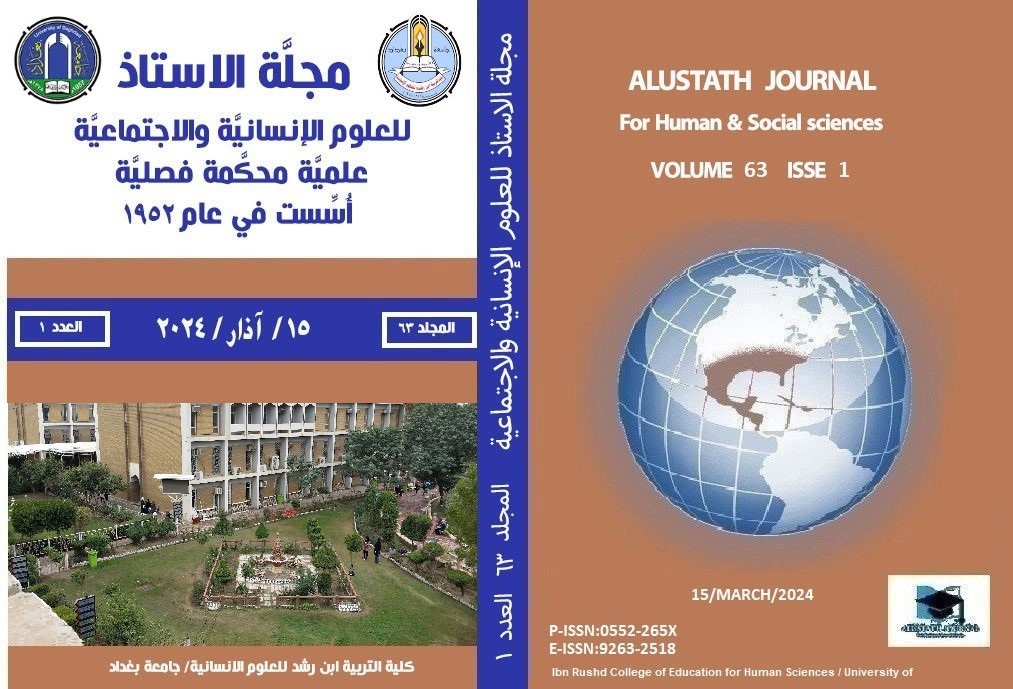Unveiling Preferences in Translation Training: A Comprehensive Exploration of Collective and Individual Approaches
DOI:
https://doi.org/10.36473/kp6ggk29Keywords:
translation studies, training preferences, collaboration, individual training, summarizing skills.Abstract
This research investigates the inclinations of students studying translation (from English/French to Arabic) with regard to group versus individualized training. In exploring perceived effectiveness, the study considers factors such as teamwork, tailored strategies, external influences, and the incorporation of methods with cultural sensitivity. The survey findings indicate a pronounced inclination towards group training, emphasizing the value of collaboration, idea exchange, and constructive peer feedback. While individualized instruction is appreciated for its personalized approach, external elements significantly influence training preferences. Participants express a preference for sessions concentrating on specific translation techniques, underscoring the importance of summarization skills. The aspiration is for a curriculum that integrates a variety of techniques and cultural awareness, striking a balance between group and individualized training.
Downloads
References
Brown, A. L., & Lee, C. D. (2010). Vygotskian Semiotics and Literacy. In Handbook of Research on New Literacies (pp. 165-179). Taylor & Francis.
Collins, A., Brown, J. S., & Newman, S. E. (1989). Cognitive apprenticeship: Teaching the crafts of reading, writing, and mathematics. In Knowing, learning, and instruction: Essays in honor of Robert Glaser (pp. 453-494). Lawrence Erlbaum Associates.
Clark, D. R., & Miller, P. A. (2019). Cooperative Learning: What We Know Today. International Journal of Teaching and Learning in Higher Education, 31(2), 372-383.
de Bruin, L. R. (2019). The use of cognitive apprenticeship in the learning and teaching of improvisation: Teacher and student perspectives. Research Studies in Music Education, 41(3), 261-279.
Göpferich, S. (2009). Towards a model of translation competence and its acquisition: The longitudinal study TransComp. In Behind the mind: Methods, models and results in translation process research (pp. 11-37). Springer.
Johnson, D. W., & Johnson, R. T. (1999). Learning together and alone: Cooperative, competitive, and individualistic learning. Allyn and Bacon.
Jones, L. T., & Watson, B. L. (2012). Cooperative learning: A foundation for flourishing. Springer Science & Business Media.
Kember, D., & Leung, D. Y. (2005). The influence of active learning experiences on the development of graduate capabilities. Studies in Higher Education, 30(2), 155-170.
Knowles, M. S. (1980). The modern practice of adult education: From pedagogy to andragogy. Cambridge, Eng: Cambridge Adult Education.
PACTE Group. (2003). Building a translation competence model. In Triangulating Translation: Perspectives in Process Oriented Research (pp. 43-66). John Benjamins Publishing.
Tan, B. H., & Lim, L. A. (2014). Summary writing and reading to learn in social studies: A phenomenographic study of upper primary and secondary school students. Educational Studies, 40(1), 84-99.
Van Rijk, N., Marchand, G., & Hagemeister, C. (2017). Sociocultural Learning in Reading Research: A Review of Publications From 2015 to 2017. Review of Educational Research, 87(4), 663-699.
Vygotsky, L. S. (1978). Mind in Society: The Development of Higher Psychological Processes. Harvard University Press.
Wang, H., & Zhang, Q. (2018). The Application of Socio-Cultural Theory in Reading Teaching. International Journal of Education and Learning, 7(4), 44-50.
Wu, W., & Wu, Y. (2017). Effects of summarization training on reading comprehension in Chinese students. Learning and Individual Differences, 56, 1-9.
Wilss, W. (1982). The Science of Translation: Problems and Methods. Gunter Narr Verlag.
Zou, D. (2011). Barriers to reading for Chinese international students in the American university. Journal of Language, Identity & Education, 10(5), 279-296.
Downloads
Published
Issue
Section
License
Copyright (c) 2024 Sameer S. Mahdi, Ismail A. Ismail

This work is licensed under a Creative Commons Attribution 4.0 International License.











